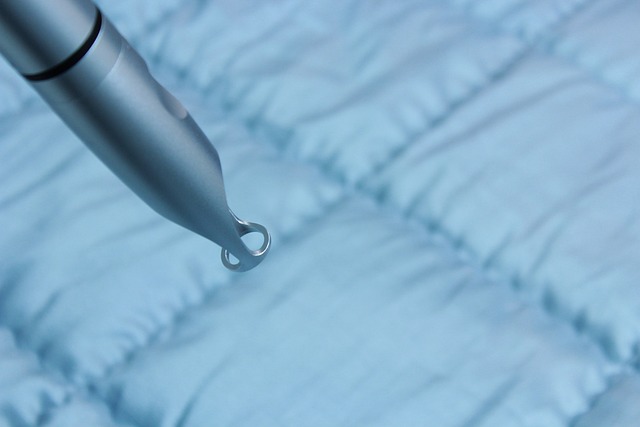While cases of monkeypox continue to rise in Spain, The Lancet magazine has recently published a study that shows that skin-to-skin contact is the most likely cause of transmission of this pathology in 181 patients from Madrid and Barcelona. The Catalan hospitals Vall d’Hebron and Germans Trias and the Madrid 12 de Octubre hospital have participated in the work together with the Fight Against Infections Foundation.
The research also indicates that the infection can present through atypical manifestations not described so far, which is why it urges health professionals to be attentive to this circumstance, which is especially important in the diagnosis of the disease.
The study was based on a detailed analysis of the clinical epidemiology and characteristics of 181 confirmed cases, of which 175 were men with an average age of 37 years.
The study was based on a detailed analysis of the clinical epidemiology and characteristics of 181 confirmed cases, of which 175 were men with an average age of 37 years. As for the lesions, all had skin manifestations, with a lower number than those described so far —between 3 and 20—.
Infections: how, when and why
Of all the cases, only three required admission due to complications. Regarding the average duration of the incubation period, it was only seven days, a short period that must be considered to assess the timing of vaccination of high-risk groups, since prior immunization could be more effective than subsequent immunization. to exposure, the researchers emphasize.
Based on the evidence of skin-to-skin contact during sexual relations as the main route of transmission of monkeypox, the conclusions of this study provide information necessary to reach accurate diagnoses, such as that the transmission pattern has changed on this occasion from respiratory contact to skin contact, along with the appearance of unusual manifestations.
Viral loads were strikingly higher in samples from skin lesions than in those obtained from the pharynx
Likewise, the research indicates that viral loads were surprisingly higher in samples from skin lesions than in those obtained from the pharynx, which should be studied further and, depending on the conclusions, opt or not for home isolation of those affected by respiratory reasons.
Atypical manifestations of the disease
All those infected explained having a feeling of discomfort before or after the rash, but some atypical signs also appeared, such as proctitis (inflammation of the rectum) in 25% of cases, tonsillitis in 11% and abscesses (accumulation of pus) in 3%.
The complications generated by proctitis are especially noteworthy , since many of those infected had systemic manifestations even before the appearance of skin lesions and tonsillar ulceration .
In the prospective analysis of all patients, not only the sexual behavior and the form of presentation of the infection were analyzed, but also the examinations and clinical follow-up and the results of the viral tests were studied.
In the prospective analysis of all patients, not only the sexual behavior and the form of presentation of the infection were analyzed, but also the examinations and clinical follow-up and the results of the viral tests carried out on samples obtained from the lesions in skin, throat and anal mucosa.
Thanks to this, the research confirms the symptoms of other retrospective studies, but also, given the larger volume of the sample and the detailed clinical analysis of the cases, it adds new symptoms not described so far, such as proctitis and ulceration of the tonsils.
Source: Hospital 12 de Octubre
















